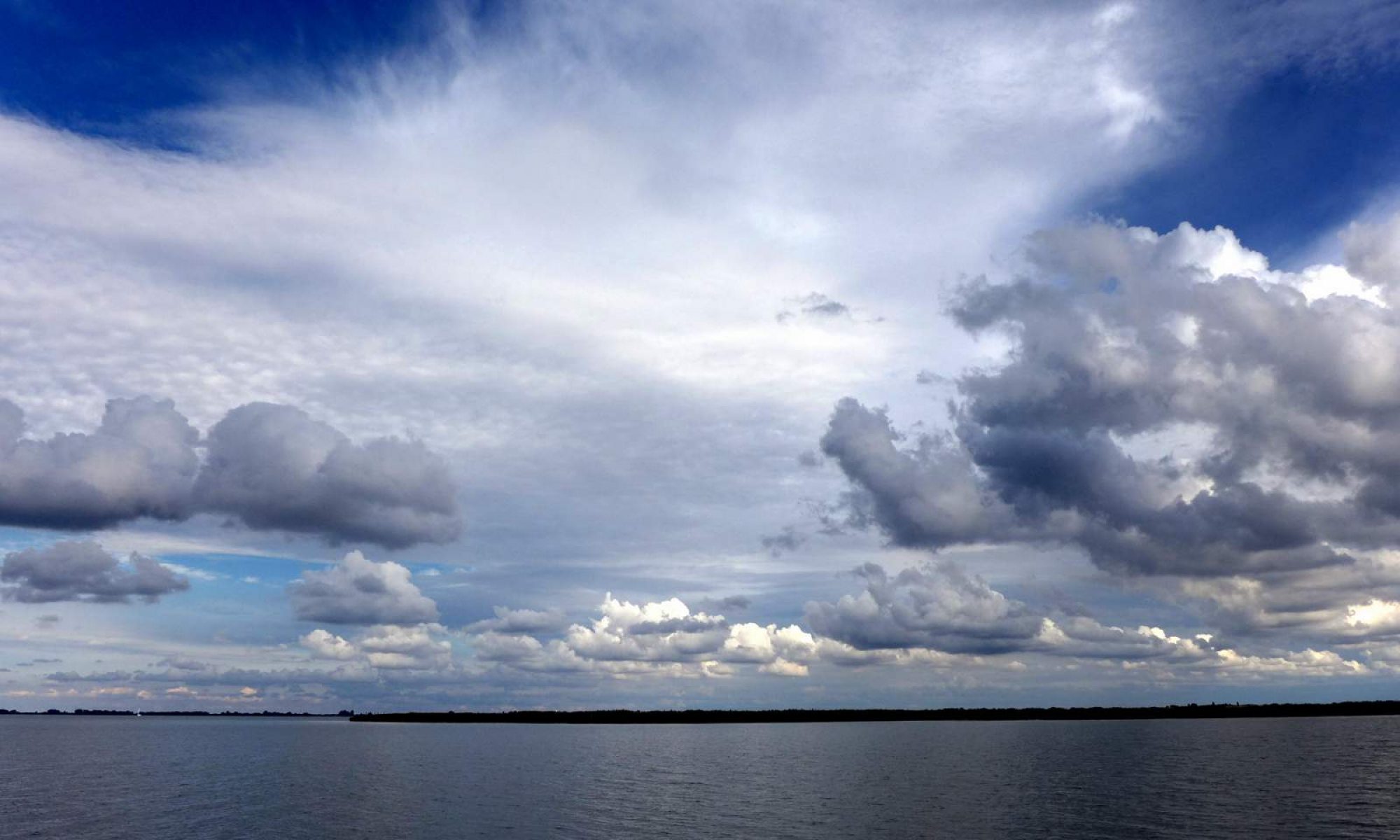This time I want to write in English for my English speaking friends. It was difficult to be at the Heart Mountain Interpretive Center. But it wasn’t this camp that made my heart heavy because my first thoughts went to the camps of Nazi Germany. But it is too simple to hear ‘camp’ and put all together. It is just not correct.
When we speak of camps from WWII, we speak of Extermination camps. It was the systematically killing of people by the Nazis: Jews, Romani people and Sinti, but also homosexuals, Jehovah’s Witnesses, people with intellectual disabilities and people from all countries where the Nazis were, last but not least political enemies of them.
The camp which is known all over world is Auschwitz. This is the German name of a small city in Poland named “Oświęcim”. Auschwitz and other very big extermination camps were in the east of Poland and Belarus. There were 3 camps which belonged to the concentration camp of Auschwitz. One of them was a labour camp, the others extermination camps. Even the labour camp were inhuman and different to anything else. Many people were transported to these camps and immediately killed after they arrived. This can’t be compared with any other camp. At least 1,1 million men were killed. At least, we don’t know the exact number.
At least 1.3 million prisoners died at Auschwitz, around 90 percent of them Jewish; approximately 1 in 6 Jews killed in the Holocaust died at the camp. Others deported to Auschwitz included 150,000 Poles, 23,000 Romani and Sinti, 15,000 Soviet prisoners of war, 400 Jehovah’s Witnesses, homosexuals, and tens of thousands of people of diverse nationalities. Living conditions were brutal, and many of those not killed in the gas chambers died of starvation, forced labor, infectious diseases, individual executions, and medical experiments. (1)
And Auschwitz was just one.
There were 24 KZ base camps which had more than 1.000 subcamps all over the “Reich” that was all over Europe wherever they were. These ’normal’ abnormal camps were mostly labor camps, some were incredible hard.
The biggest camp in Austria was Mauthausen. I was there a long time ago. And I had no breath to stand it. I saw the stones of the quarry they had to break and to carry up on the top. The stairs were so big that it was hard for me to take them. The stones were so big that I hardly could imagine how a person can carry them. You can see some pictures at Wikipedia. I can’t describe them. The steps of death don’t look so high on the pics but believe me I could hardly take them. I could hardly walk. Can you imagine to walk on ground where almost everywhere someone died?
Mauthausen had gas chambers too.
100.000 died in the base camp. 120.000 in one of the 54 subcamps outside of Mauthausen. Mauthausen was not Auschwitz.
Therefore I say you can’t compare. It is impossible to compare inhuman behaviour. There is no way to say this is more inhuman.
I have a friend whose father and brother died in Mauthausen. Another friend is the granddaughter of Viktor Frankl, he was in Auschwitz. He was the only survivor of his family. He wrote Nevertheless, Say “Yes” to Life: A Psychologist Experiences the Concentration Camp. I always admired him that he was able to spend his life encouraging people to look for the meaning of life. He was the founder of logotherapy, which is a form of existential analysis, the “Third Viennese School of Psychotherapy”. It made me happy that I was allowed to sing at the baptism of his great-grandchild.
This is the difference between the concentration camps of Nazi German and the relocation camps in the USA.
Don’t compare cruelties. I had tears in my eyes in Mauthausen and I had them in Wyoming too. I was afraid to go there because I could remember my heavy heart more than 30 years ago.
Why did I write about it?
I heard twice that there are signs to Auschwitz 200 km apart. Therefore I wanted to take the time why comparison with Auschwitz shouldn’t be made. One was Anton Treuer who spoke about it on video on. He is an American academic and author specialising in the Ojibwe language and American Indian studies. He said that there are no such signs in Mauthausen and Dachau (which is a big, similar concentration camp in Germany). Honestly I don’t know. I read in an article that you need to know that Auschwitz is Oświęcim. So there might be a sign but not everywhere.
It is necessary to talk and think about this time. We all need to know what people can do. One subcamp of Mauthausen was Ebensee. In February a film was presented about this village made by Sebastian Brameshuber. Und in der Mitte, da sind wir. History isn’t just past, it made us, we are children of the past.
I spend years of my life that I can stand it. I had different jobs which superficially had no connection to it. But I knew it had. And I learnt, it is too easy to judge and there are many things people do and did which break my heart. Never forget! (I am not proud that the Austrian Holocaust Memorial Service has difficulties to finance it’s work. But I am proud that young Austrians want to work for it.)

Hier noch ein Bericht zu Auschwitz, von einer Besucherin im : http://www.holidaycheck.at/vollbild-KZ+Gedenkstaette+Auschwitz+Auschwitz+Birkenau-ch_ub-id_1161493101.html